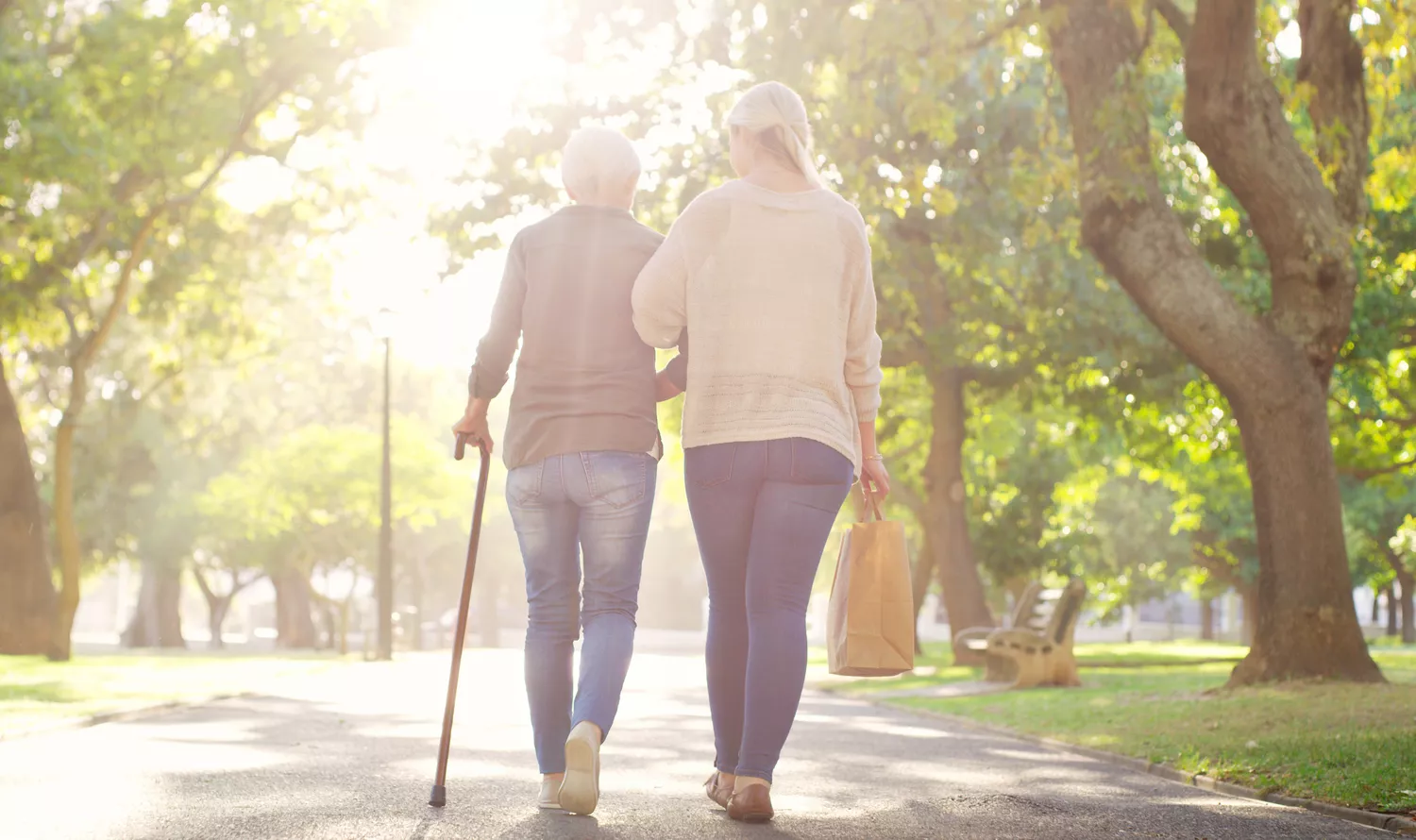What is Osteoarthritis?
Osteoarthritis is the most common type of arthritis that affects millions of people around the world. Osteoarthritis occurs when the protective cartilage at the end of the bones breaks down over time.
While osteoarthritis can affect any joint in your body, it mostly affects the joints of the hands, knees (knee osteoarthritis), thighs, and spine.
Symptoms of osteoarthritis
The symptoms of osteoarthritis often appear slowly and worsen over time. Signs and symptoms of osteoarthritis include:
Pain: Your joints may be damaged during or after exercise.
Sensitivity: Your joint hurts with a little pressure.
Stiffness: Joint stiffness will be noticeable when you wake up or after a period of inactivity.
Flexibility: You may not be able to move the joint completely within your range of motion.
Feeling of wear and tear: You may hear or feel wear and tear when using your joint.
Bone lesions: These lesions are felt as hard bumps that may form around the joint involved in osteoarthritis.
Risk factors for osteoarthritis
Factors that may increase the risk of osteoarthritis include:
Aging: The risk of osteoarthritis increases with age.
Gender: For unknown reasons, women are more likely to develop osteoarthritis.
Obesity: Being overweight can lead to osteoarthritis in several ways, and the higher your weight, the higher your risk. Being overweight puts more strain on weight-bearing joints such as the thighs and knees. In addition, adipose tissue produces proteins that may cause inflammation in and around the joints.
Joint Injuries: Injuries such as sports injuries or accidents increase the risk of osteoarthritis. Even injuries that occurred years ago and apparently healed increase the risk of developing osteoarthritis.
Special Events: If your job has responsibilities that put frequent strain on a particular joint, that joint may eventually develop osteoarthritis.
Genetics: Some people inherit genes related to osteoarthritis.
Bone Deformity: Some people have bones with abnormal joints or defective cartilage that increase the risk of osteoarthritis.
Treatment of osteoarthritis
It is not possible to treat the underlying cause of osteoarthritis, but the symptoms of osteoarthritis can usually be controlled with lifestyle changes, physical therapy, medications, and surgery. Exercising and maintaining a balanced weight are the most important strategies for treating osteoarthritis
medicines
Symptoms such as osteoarthritis pain can be controlled with some medications:
Acetaminophen: Acetaminophen is effective for people with osteoarthritis who have mild to moderate pain. Taking more than the specified dose of this drug can cause liver damage.
Non-steroidal anti-inflammatory drugs (NSAIDs): Taking non-steroidal anti-inflammatory drugs (NSAIDs) such as ibuprofen and naproxen sodium in the recommended doses generally relieve the pain of osteoarthritis. Stronger drugs, which are often prescribed, also reduce inflammation a little while controlling pain.
Non-steroidal anti-inflammatory drugs (NSAIDs) can cause side effects such as stomach ulcers, cardiovascular problems, bleeding problems, and liver and kidney damage. The use of topical medications has fewer side effects and controls pain well.
Duloxetine: This antidepressant is approved for the treatment of chronic pain such as osteoarthritis pain.
Ways of treatment
Physical Therapy: A physical therapist sets up a unique exercise program for the patient that strengthens the muscles around the joint, increases your range of motion, and reduces the pain of osteoarthritis. Regular exercise that you do yourself, such as swimming and walking, is also effective in treating osteoarthritis.
Occupational Therapy: An occupational therapist helps you find ways to do your daily activities or job without putting extra strain on the painful joint. For example, if you have osteoarthritis of the finger, a large-bristled toothbrush will help you brush more easily. If you have osteoarthritis of the knee, using a bench while bathing will relieve the pain of standing in the joints.
Yoga: This movement therapy includes gentle exercises and stretches along with deep breathing. Many people use this treatment to reduce stress throughout their lives, and research shows that yoga can reduce the pain of osteoarthritis and improve movement.
Surgery and other methods
Cortisone injections: Injections of corticosteroids can treat joint pain in osteoarthritis. In this treatment for osteoarthritis, the doctor inserts a needle into the space around the joint and injects the medicine. The number of injections you can do throughout the year is usually three to four; Because in the long run the drug may aggravate the joint damage caused by osteoarthritis.
Lubricant Injections: Hyaluronic acid injections reduce the pain of osteoarthritis by creating a layer on your knee joint. However, some research shows that these injections do not have much effect. Hyaluronic acid is a substance that is naturally present in the composition of joint fluid.
In a knee osteotomy, the surgeon makes a transverse incision above or below the knee and then removes or adds an edge to the bone. This will relieve pressure on the affected part of your knee joint.
Joint replacement: In joint replacement surgery (arthroplasty), the surgeon removes the damaged surfaces of your joint and replaces them with metal or plastic tools. Risks of osteoarthritis surgery include infection and blood clots. Artificial joints will gradually wear out and eventually need to be replaced.
Bone Regeneration: If osteoarthritis has affected one side of your knee more than the other, an osteotomy can help.





دیدگاهها (0)